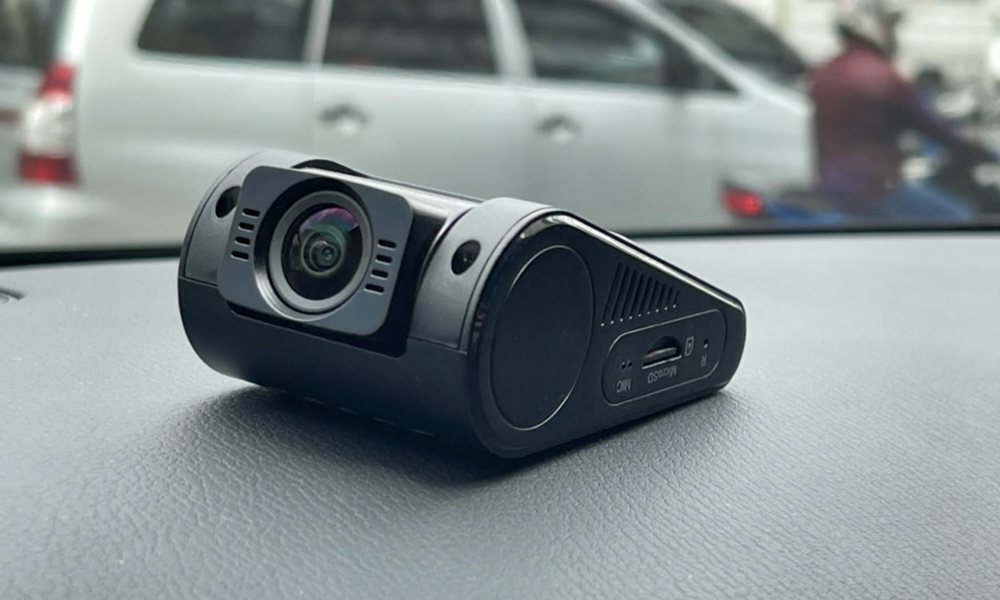
Our readers send us a lot of dashcam videos, and our Facebook page does not have a shortage of them showing anything from freak accidents to “enterprising” traffic enforcers. But almost equally as many are the comments accusing the driver or video owner of inattention and/or speeding. However, it’s not always the fault of the dude behind the wheel.
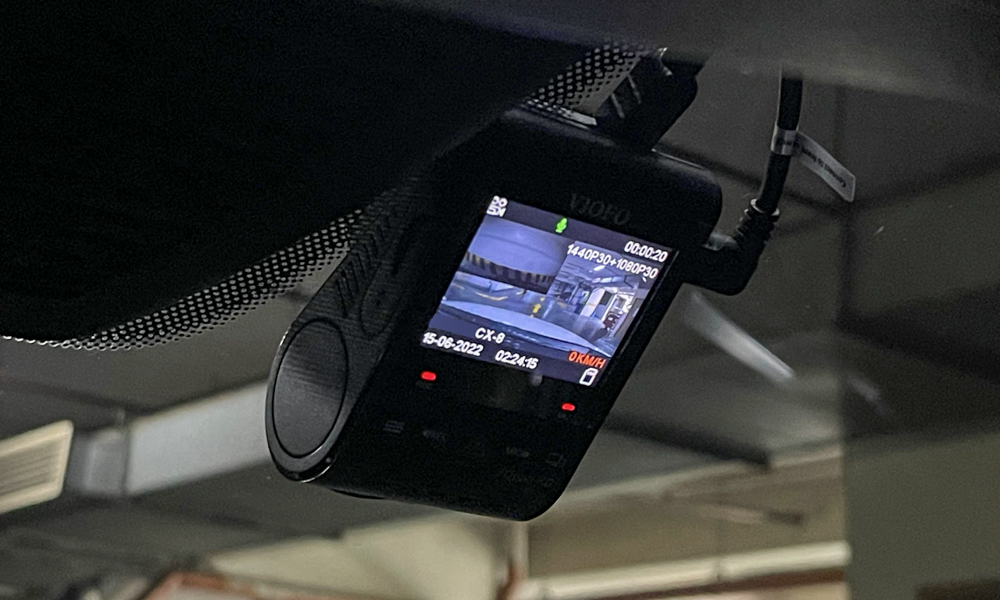
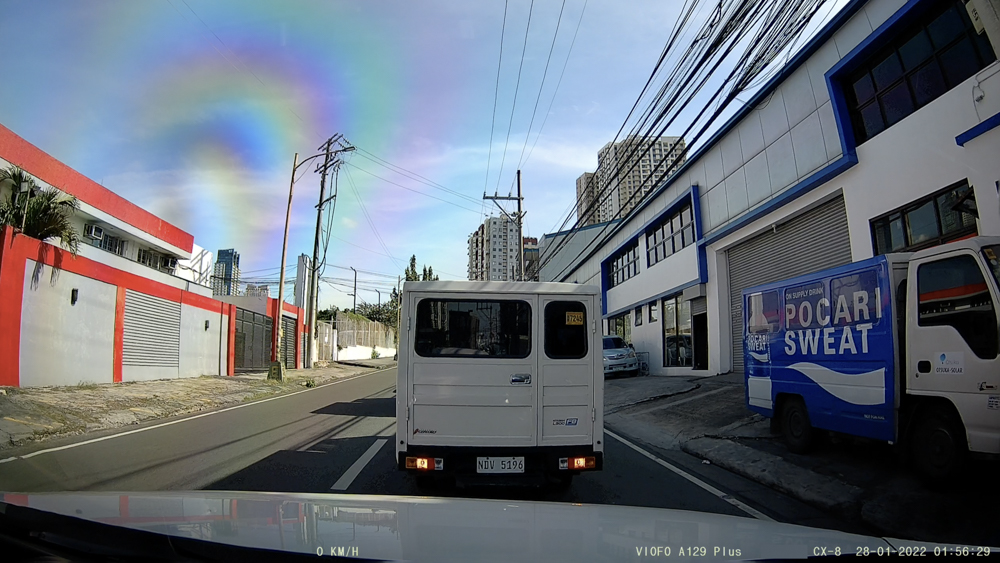
In order to see why, let’s take a look at how dashcams are engineered. A typical dashcam has a wide-angle lens so that its field of vision is as wide as possible. Popular models are equipped with lenses that offer a field of vision of 140°.
On the other hand, the combined field of vision for both human eyes is 120°. But most of that is just peripheral vision, or the areas toward the corners of our eyes. This isn’t as sharp as our sight when looking straight ahead, and it’s one reason why our eyes and head are always on the move so we could get a better image of our surroundings.
Additionally, dashcams are almost always mounted further forward than the driver’s head. They are not obstructed too much by things like the A-pillars and the dashboard. Any object coming from the sides will most likely be seen by the dashcam first before the eyes do. This is why in most dashcam videos, the driver seems to be reacting late—when in reality, he or she sees the obstacle later than the camera does.
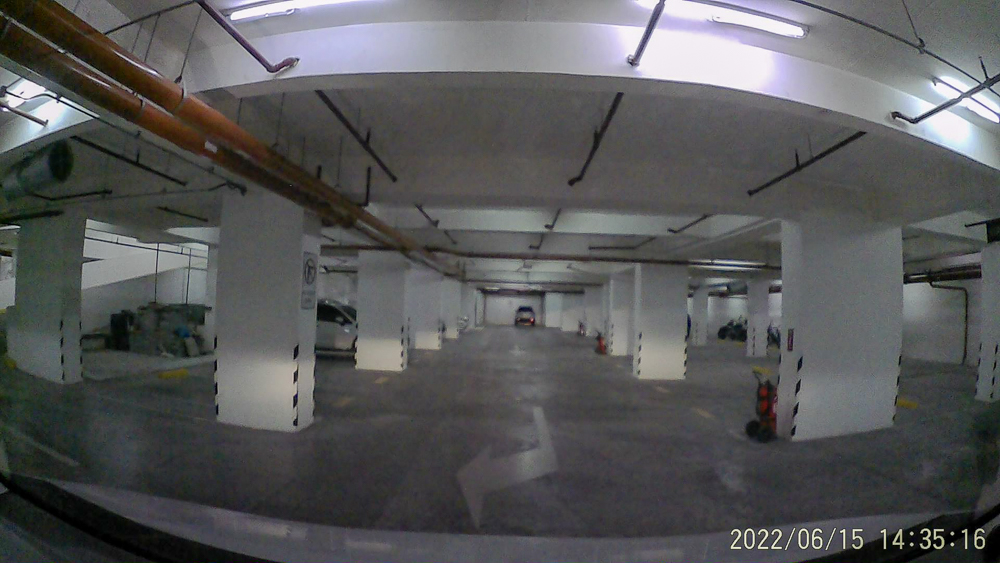
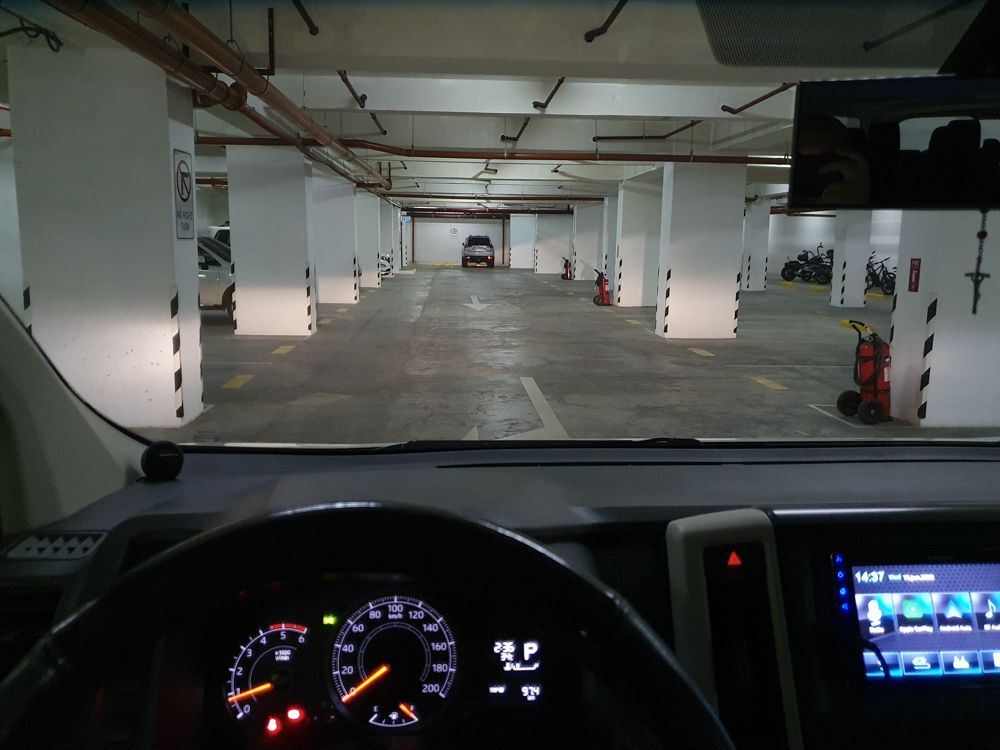
As for the sensation of excessive speed in dashcam videos, that’s also because of the wide-angle lens. Our brain is used to sharp vision when looking straight ahead. It cannot correctly process a recording that captures the sides of the image clearly, which generally results in a false sense of speed. This can usually be put into perspective if there is a speed readout in the clip.
So, the next time you watch another dashcam video on our page, try to hold back on blaming the driver for recklessness. The lens and the human eye do not see the same thing.


0 Comments